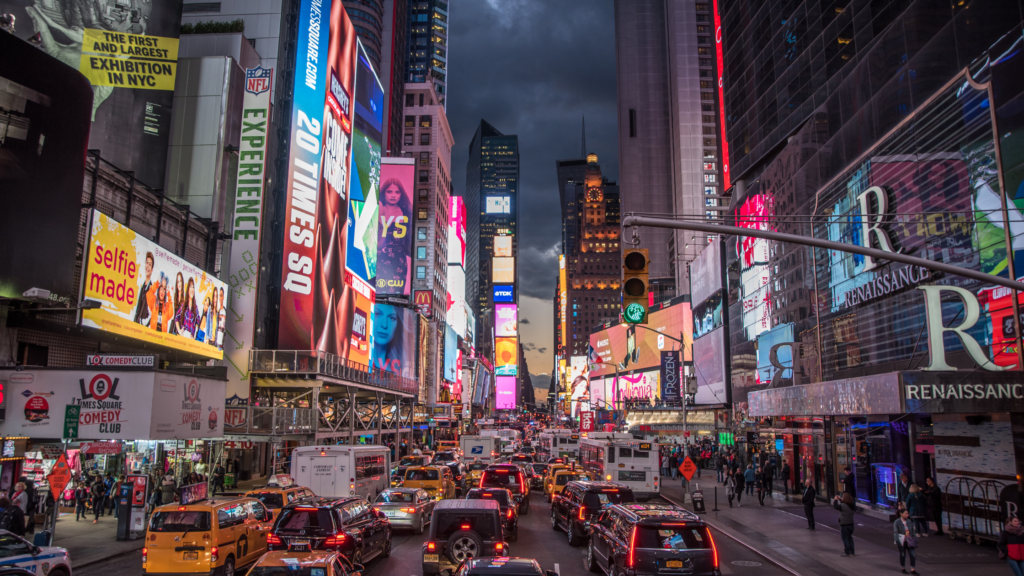In the realm of impact investing, art and culture present unique opportunities to drive social and economic development. These sectors are often overlooked but hold immense potential to transform communities, preserve heritage, and promote sustainable development. Organizations like Bottom Billion Corporation (BBC) are dedicated to fostering investments that align with their mission to support high-risk projects and empower underserved communities. This article explores the significance of impact investments in art and culture, highlighting strategies, benefits, and inspiring success stories.
The Significance of Art and Culture in Impact Investing

Art and culture are powerful tools for social change. They can preserve heritage, foster community pride, stimulate economic growth, and enhance social cohesion. Impact investments in these sectors not only support artists and cultural institutions but also drive broader social and economic benefits.
Key Benefits of Investing in Art and Culture
- Economic Growth: Cultural investments can stimulate local economies by attracting tourism, creating jobs, and generating revenue. Art festivals, cultural districts, and heritage sites are examples of how cultural investments can boost economic activity.
- Social Cohesion: Art and culture bring people together, fostering a sense of community and shared identity. They can bridge social divides, promote understanding, and enhance the quality of life.
- Preservation of Heritage: Investments in cultural heritage help preserve historical sites, traditions, and knowledge for future generations. This not only honors the past but also provides educational opportunities and cultural continuity.
- Empowerment: Supporting artists and cultural institutions empowers individuals and communities, providing them with the resources to express themselves, innovate, and contribute to society.
Strategies for Impact Investments in Art and Culture
To maximize the impact of investments in art and culture, it is essential to adopt strategies that ensure sustainability, inclusivity, and broad community engagement.
Supporting Local Artists and Cultural Institutions
Investing in local artists and cultural institutions is a direct way to support the cultural ecosystem. Grants, sponsorships, and residencies provide artists with the resources they need to create and innovate. Cultural institutions such as museums, theaters, and galleries can use funding to expand their programs, improve facilities, and reach wider audiences.
Developing Cultural Infrastructure
Developing cultural infrastructure, such as cultural districts, art centers, and heritage sites, creates spaces where culture can thrive. These investments stimulate economic activity, attract tourists, and provide venues for community engagement and education.
Promoting Cultural Tourism
Cultural tourism is a significant driver of economic growth. By promoting and investing in cultural festivals, heritage sites, and art events, investors can attract visitors and generate revenue for local economies. Cultural tourism also raises awareness of local traditions and heritage, contributing to their preservation.
Utilizing Technology
Technology can enhance the reach and impact of cultural investments. Digital platforms, virtual reality, and social media can be used to promote cultural content, engage with audiences, and provide access to cultural experiences for people who may not have the opportunity to visit in person.
Success Stories in Art and Culture Impact Investments
The Guggenheim Museum in Bilbao, Spain
The Guggenheim Museum in Bilbao is a prime example of how cultural investments can transform a community. The museum, which opened in 1997, has attracted millions of visitors, generated substantial economic activity, and revitalized the city of Bilbao. This investment in culture not only enhanced the city’s global reputation but also created jobs, boosted local businesses, and fostered a sense of pride among residents.

The African Cultural Heritage Trust
The African Cultural Heritage Trust (ACHT) is dedicated to preserving and promoting Africa’s rich cultural heritage. By investing in the restoration of historical sites and the promotion of traditional arts and crafts, the ACHT supports local economies and empowers communities. The trust also runs educational programs to teach young people about their cultural heritage, ensuring that traditions are passed down to future generations.

The Creative Time Initiative in New York, USA
Creative Time is a public arts organization in New York that commissions and presents public art projects. By funding innovative and thought-provoking art installations in public spaces, Creative Time engages diverse audiences and fosters dialogue on social issues. This investment in public art enhances the cultural vibrancy of the city, supports artists, and promotes social change.

Investing in art and culture is a powerful strategy for driving social and economic development by stimulating local economies, fostering social cohesion, preserving heritage, and empowering communities. By supporting local artists and institutions, developing cultural infrastructure, promoting cultural tourism, and utilizing technology, investors can maximize their impact. Organizations like Bottom Billion Corporation (BBC) are committed to supporting such initiatives, aligning with their mission to promote sustainable development and empower underserved communities. Incorporating art and culture into impact investing portfolios enriches the cultural landscape and contributes to a more inclusive, vibrant, and sustainable world, driving meaningful change and creating lasting value for communities worldwide.



